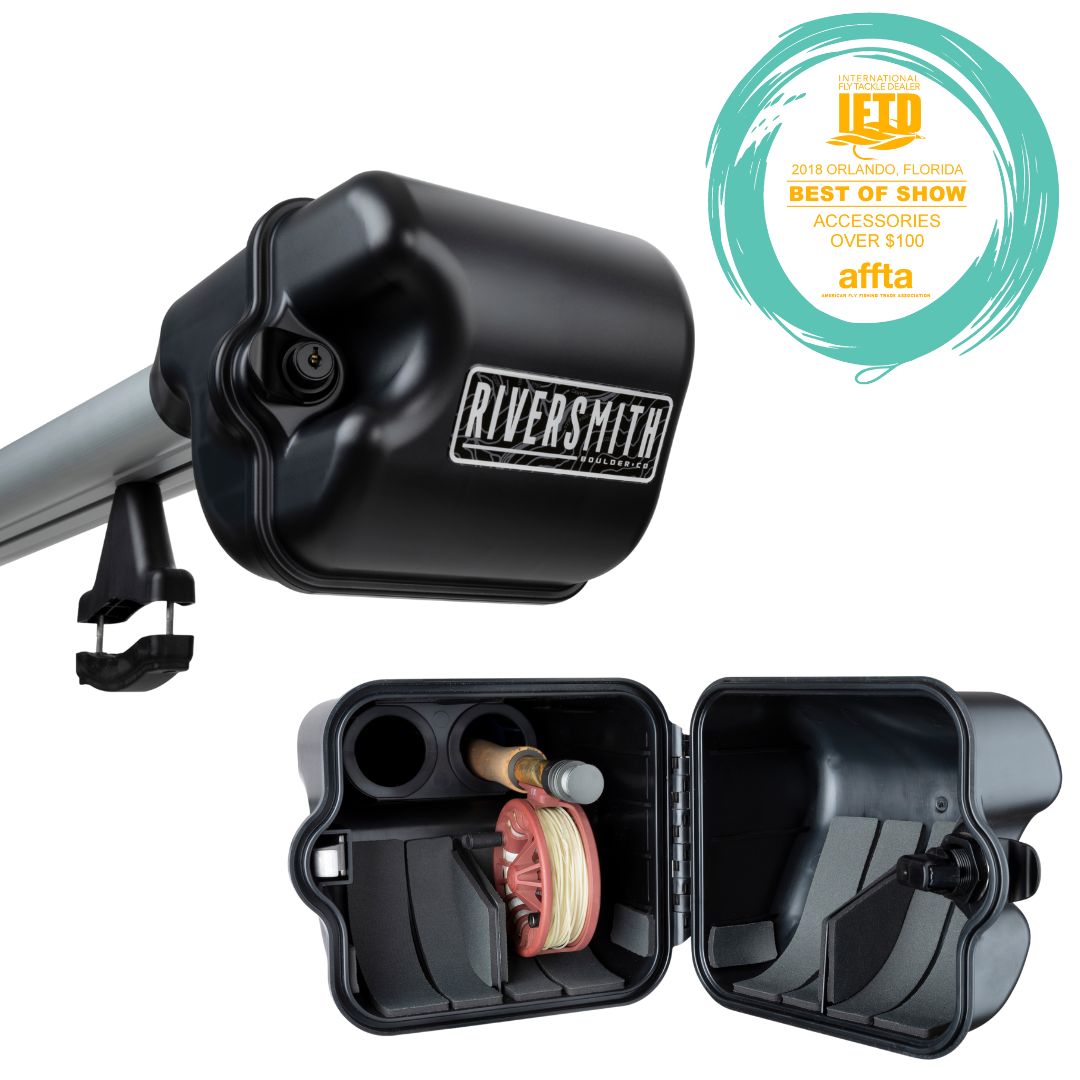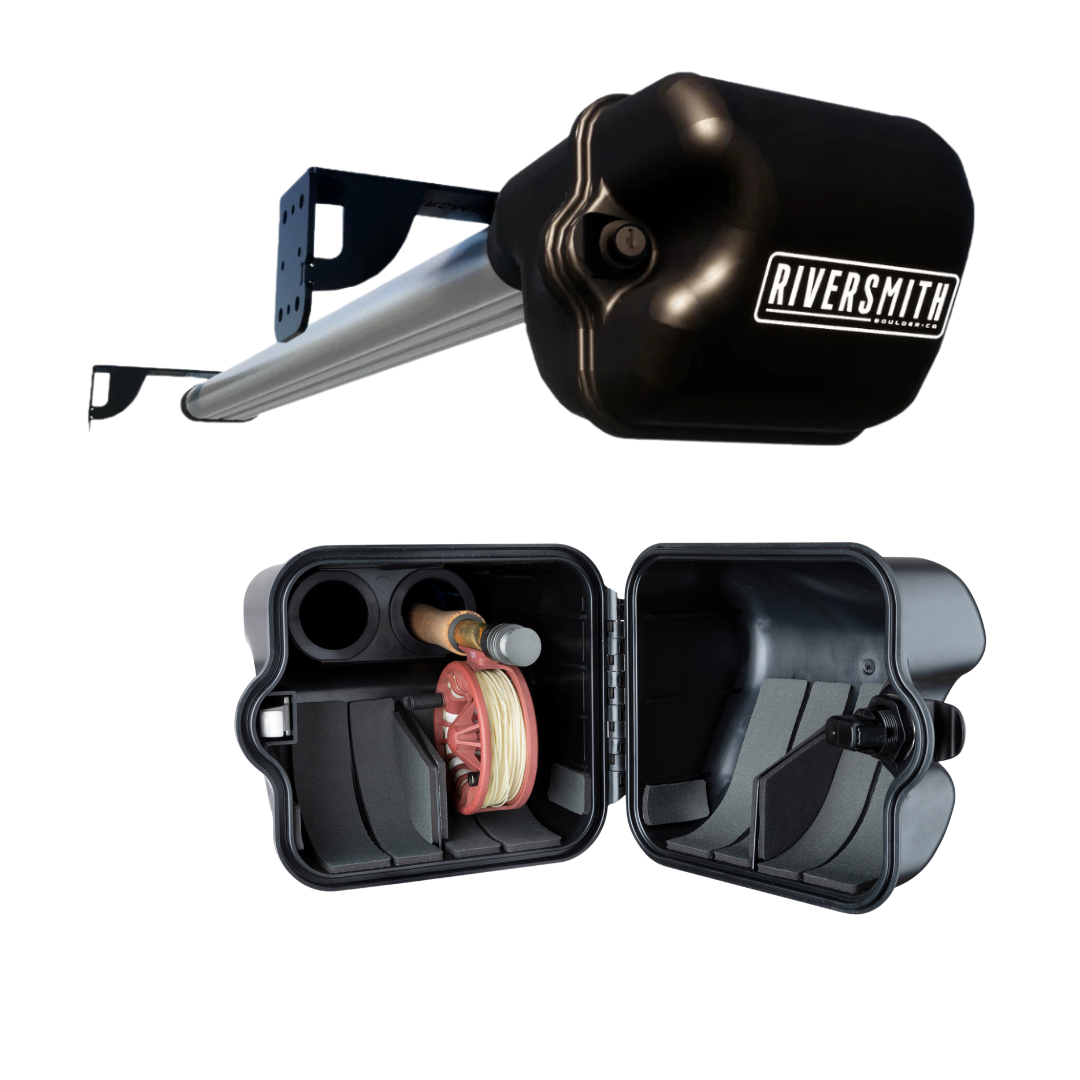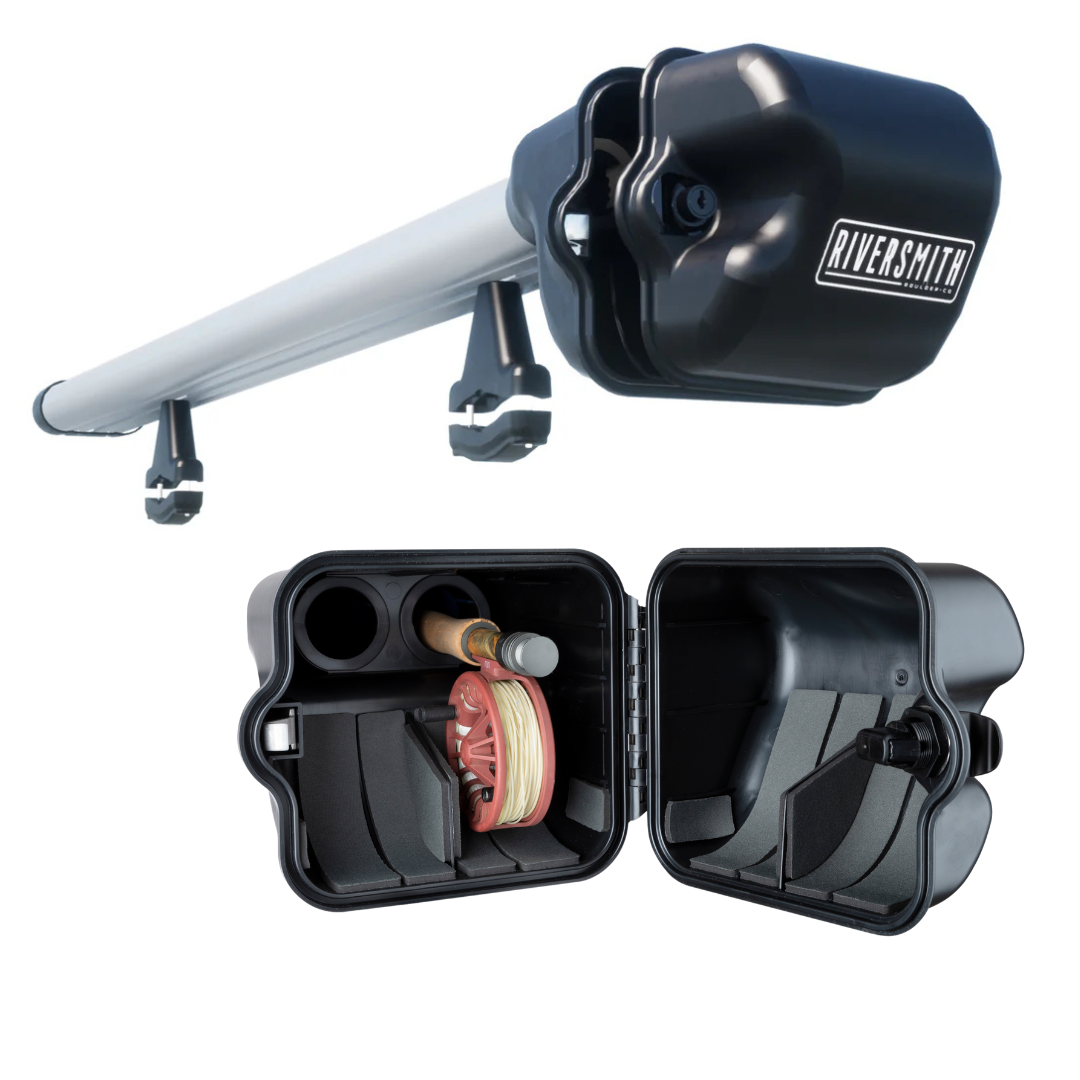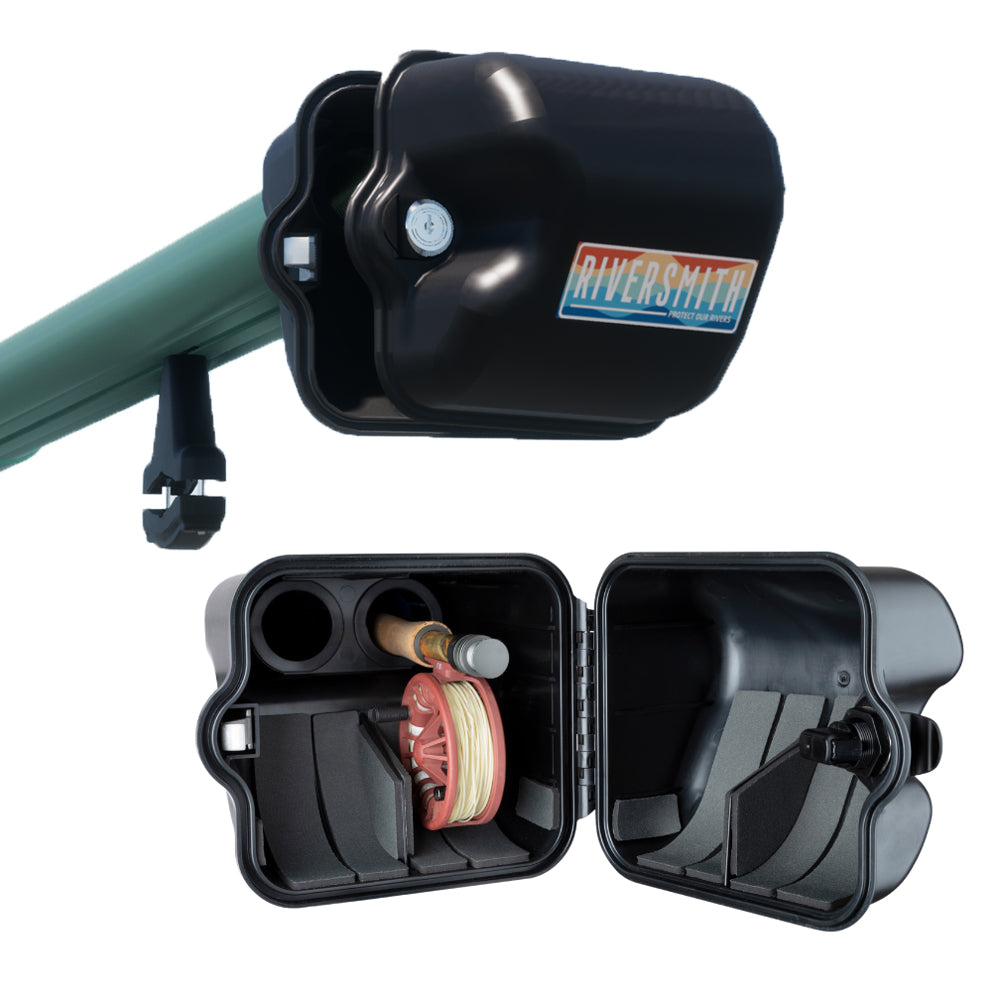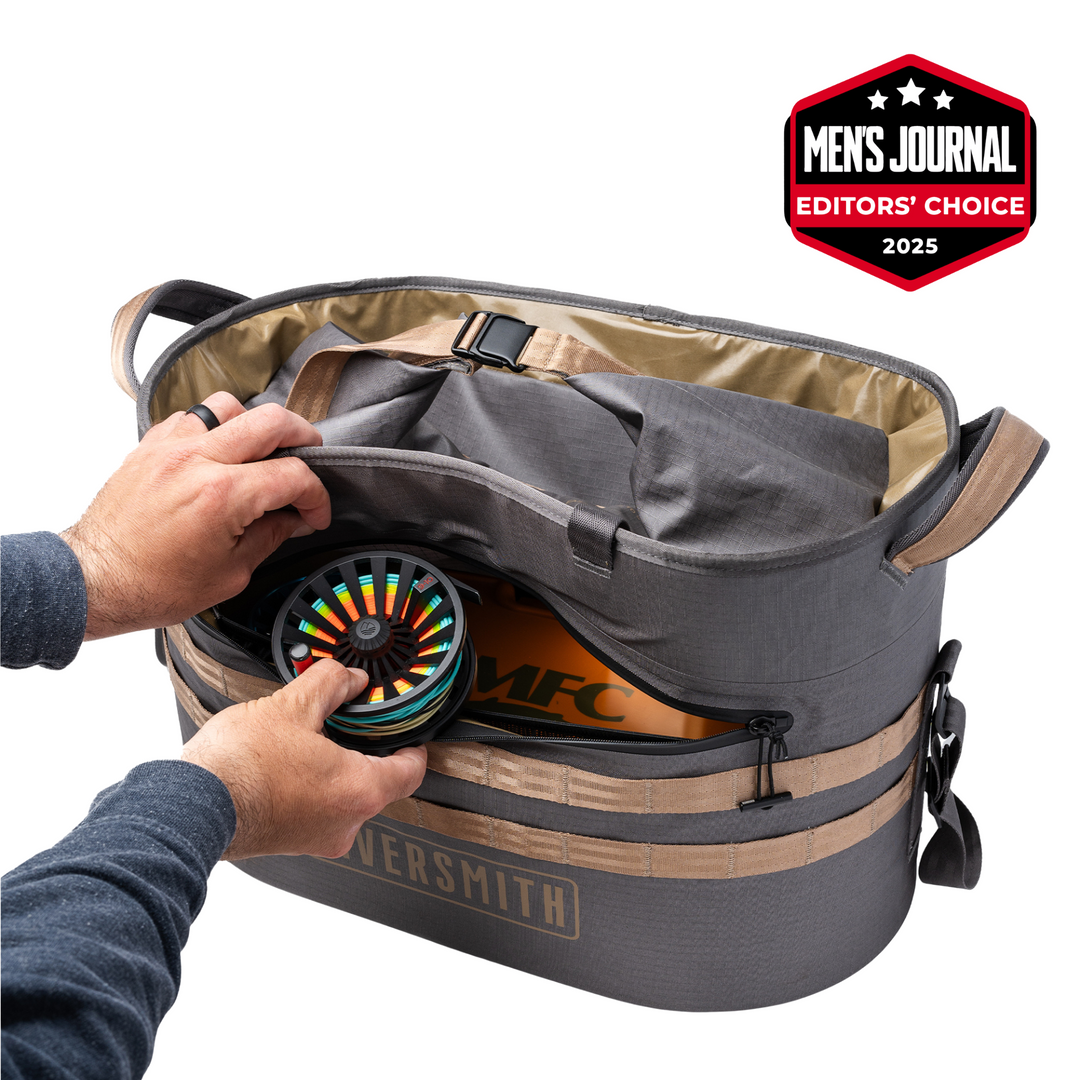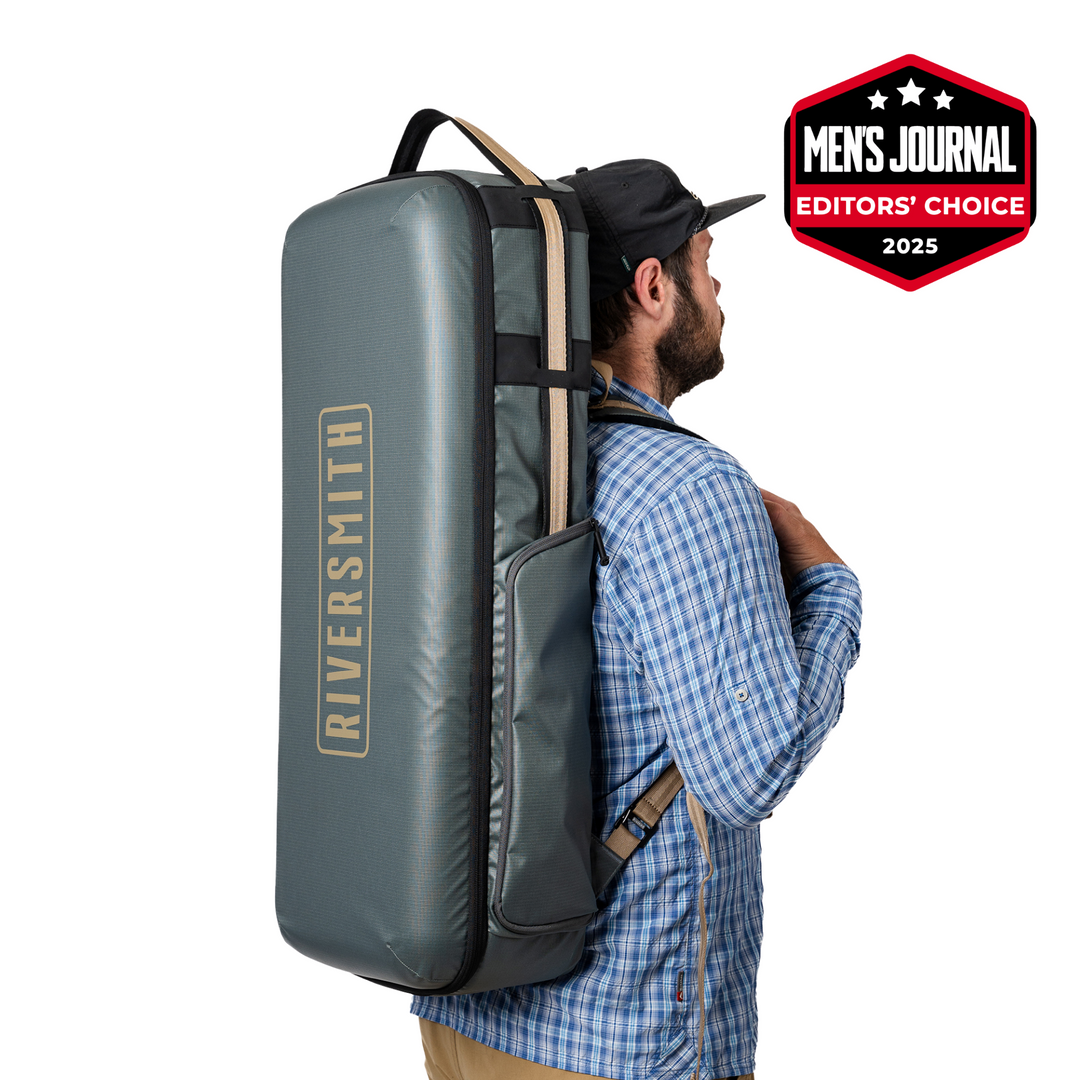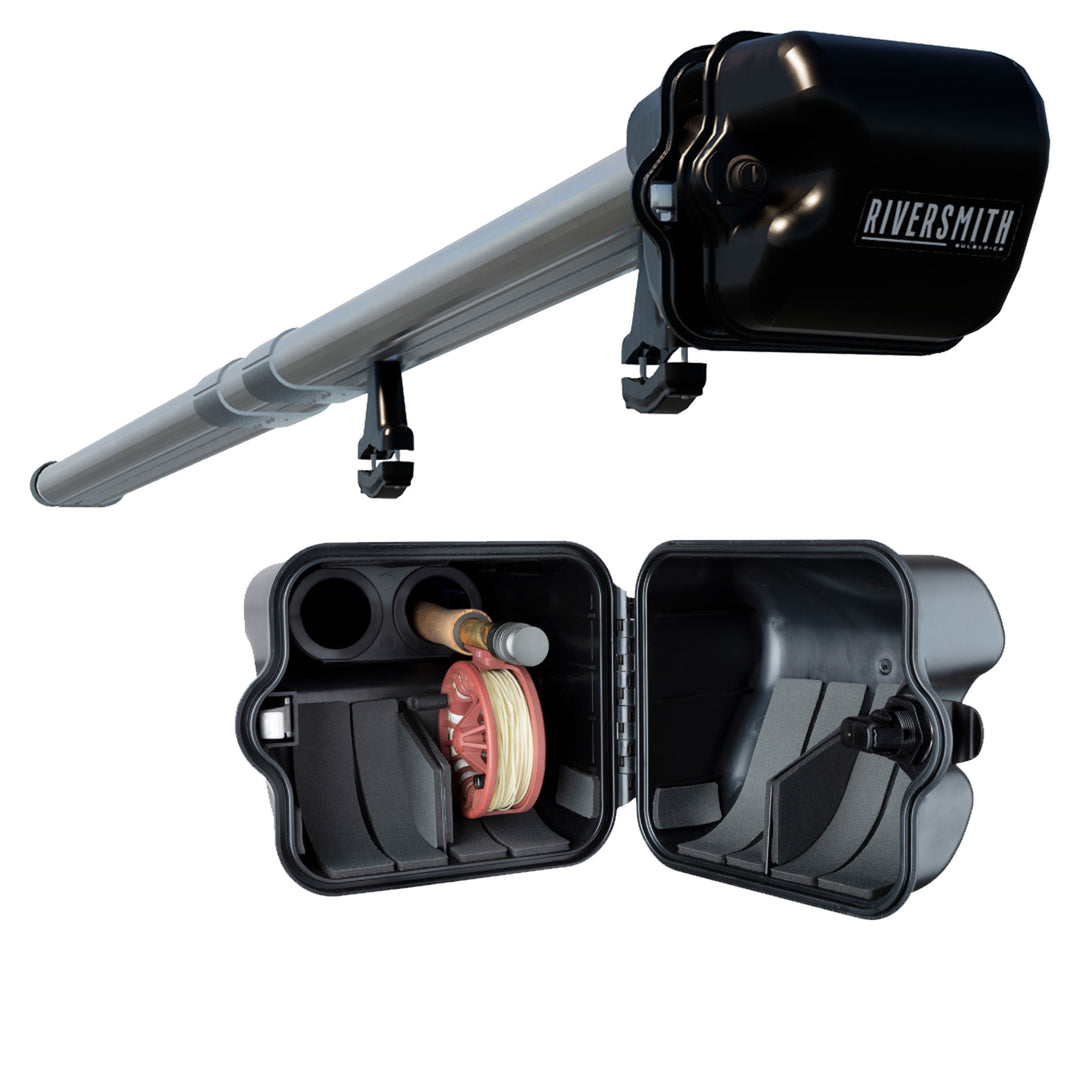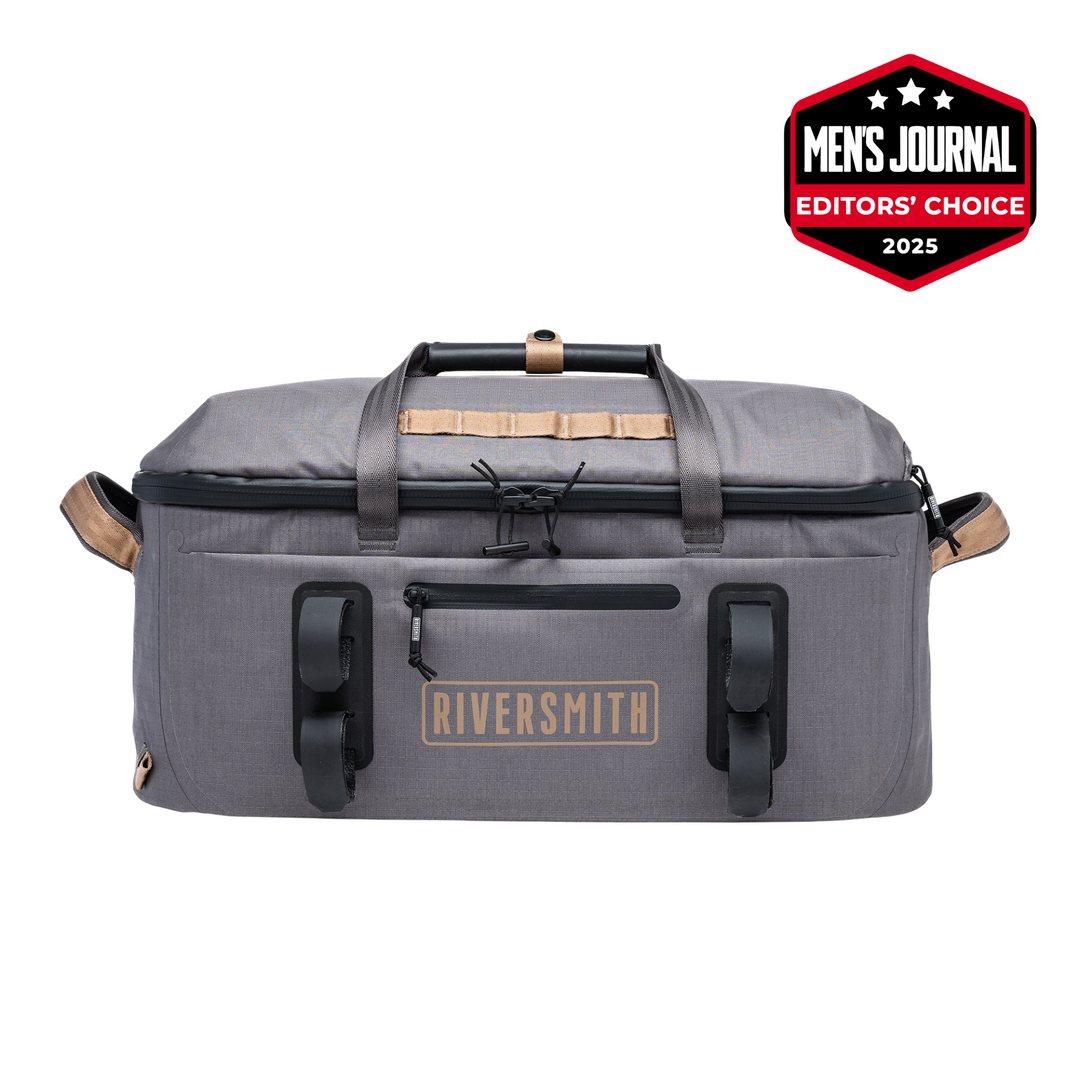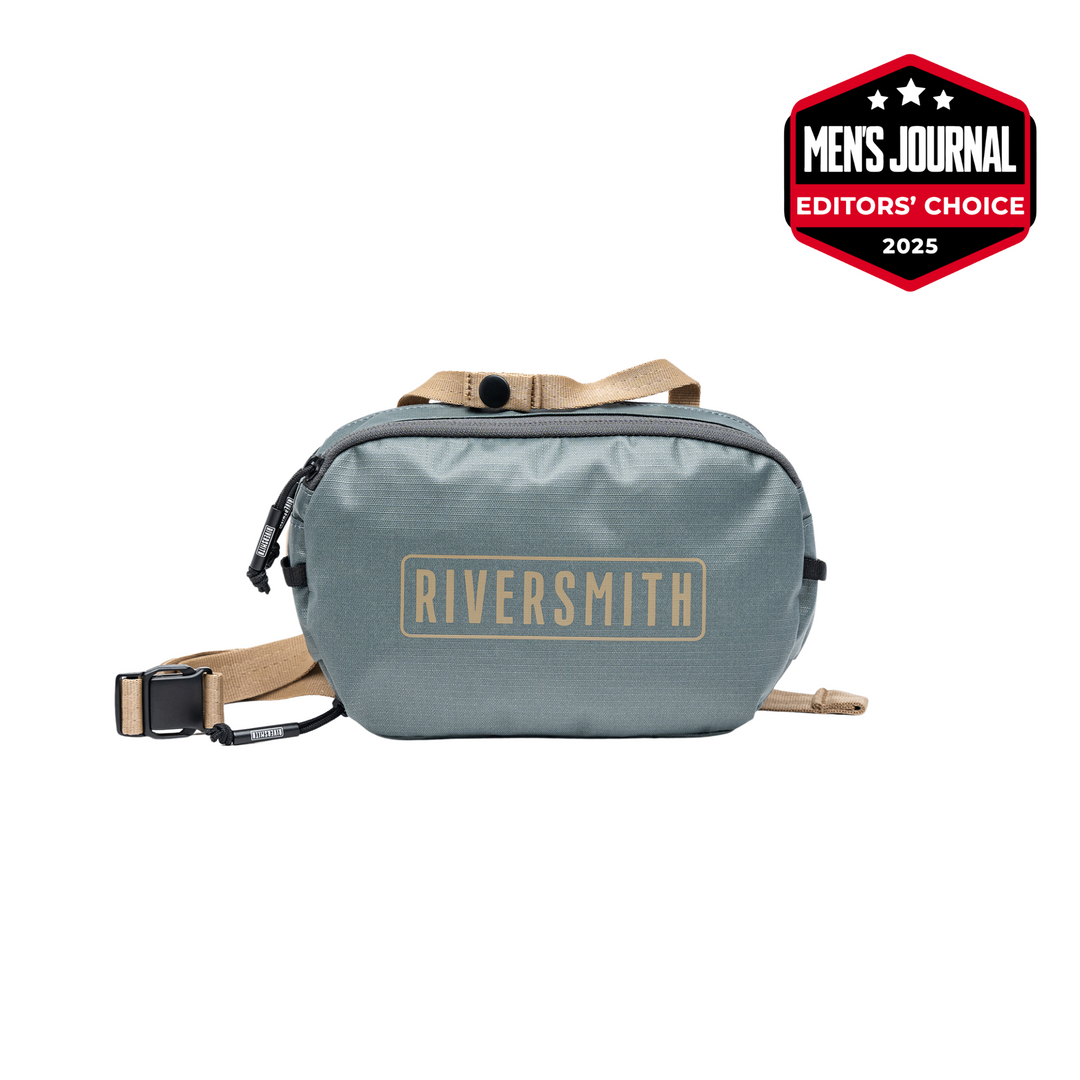Winter Fly Fishing: Strategies & Tactics
I know a lot of anglers who steer clear of fly fishing in the winter – concentrating on more mainstream sports like skiing, snowboarding or even ice fishing. If you pick your days right on the right rivers, winter fishing can be super productive and a break in the winter doldrums.

Clothing
I’m going to start with clothing because on a cold winter’s day, you need to be able to withstand what mother nature is going to hand you. If you’re not prepared or freezing cold, you’re not going to last on the river – and if you’re not on the river, you’re not catching fish.
There is also a safety component, winters in the Rocky Mountain West can be extremely unforgiving, especially if you end up wet and a good distance from your transportation.

One great place to get started is your local fly shop. I stopped over to our friends at Front Range Anglers here in Boulder to pick their brains on all things winter fly fishing.
"Many anglers place an unnecessary, self imposed 'season' with their fly fishing adventures," said Steve Korby of Front Range Anglers. "Yes, our winter months can present some rough weather days, but Colorado’s fishing season never closes and the trout eat throughout the winter months."
If you’re just getting started winter fly fishing here in Colorado the days on the water are going to be shorter, snow and wind will make things more difficult. For an additional challenge, many sections of the river that you would normally fish in the spring, summer or fall months will be inaccessible.
“Winter fishing can be productive and enjoyable, as long as you are prepared for the conditions," continued Korby. "From a gear and clothing perspective, there are a few items you shouldn’t leave home without if you are going to be fishing the variable conditions of December, January, and February.”

Photo: @will_rize
Still interested? Keep reading.

Riversmith Ambassador Mike Pogoda somewhere in Montana
Here are a few of Korby's winter fly fishing gear recommendations:
2) GORE-TEX Jacket and other appropriate layers to take on or off depending on the conditions - GORE-TEX rainwear can be a game changer in tough winter conditions. The Simms G3 guide jacket will get you through nearly any winter adventure. Patagonia’s bulletproof Swiftcurrent waterproof breathable rain jacket will also keep you warm and happy fighting the tough winter conditions.
3) Sturdy Wading Boots - It can be tough to navigate both the river and trail in winter. Rugged boots with the option to cleat or stud are crucial for your safety and enjoyment. A personal favorite is the Simms Flyweight boot.
4) Polarized Sunglasses - Winter glare can be a frustrating reality while on the river. Polarized sunglasses are a basic requirement for both your enjoyment and angling success. Smith’s Guide’s Choice are a staff favorite. Bajio glasses also provide a wide array of frames and lenses perfectly suited for winter conditions.
5) A 5 wt rod and reel - You can’t beat a versatile premium 9ft 5 wt rod to take advantage of nearly any winter opportunity. Our favorites include the incredible Sage R8 Core, the Colorado made Scott Centric and the Winston Air 2.
Layering Is Key
It goes without saying that waders are a must – think GORE-TEX and bombproof. If you know you have small leaks or pinholes, now is the time to get them fixed, self-repaired or replaced. You might have been able to withstand that slow leak in your left foot in August… but not so much in the cold grip of February.

Using a layering system is intended to keep you dry
Underneath the GORE-TEX exterior, think about a layering system that makes sense for changing conditions. Fast wicking base layers are key both for your legs and upper body. I personally try to stay clear of anything made of cotton in the winter. You’ll also want to make sure you have a pair of gloves and a winter hat. Don’t forget your polarized sunglasses because you often will find great sight fishing opportunities in the winter. I always make sure to have a full change of clothes back in the vehicle in the off chance that I do end up taking a swim and soaking my waders. The distance between your vehicle and where you are fishing should be considered from a worst-case-scenario situation, especially if you are fishing on your own.



